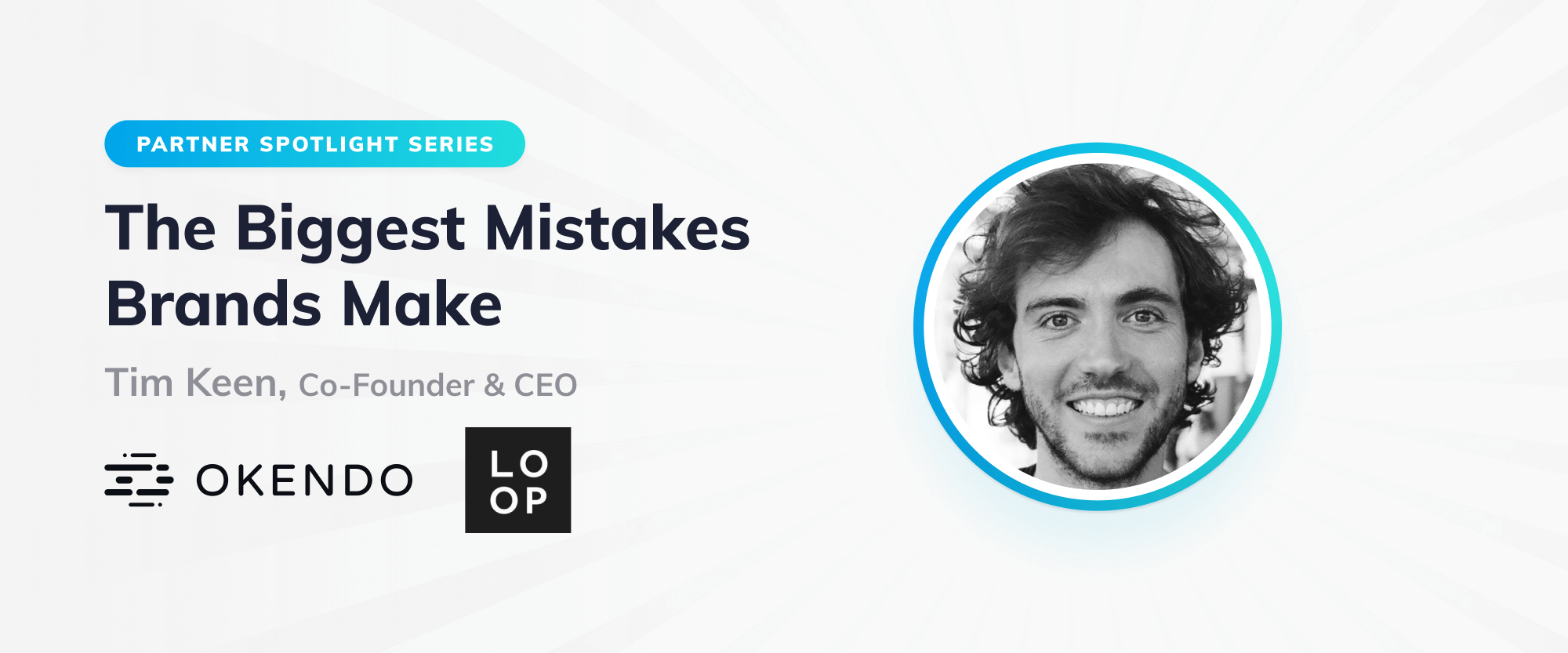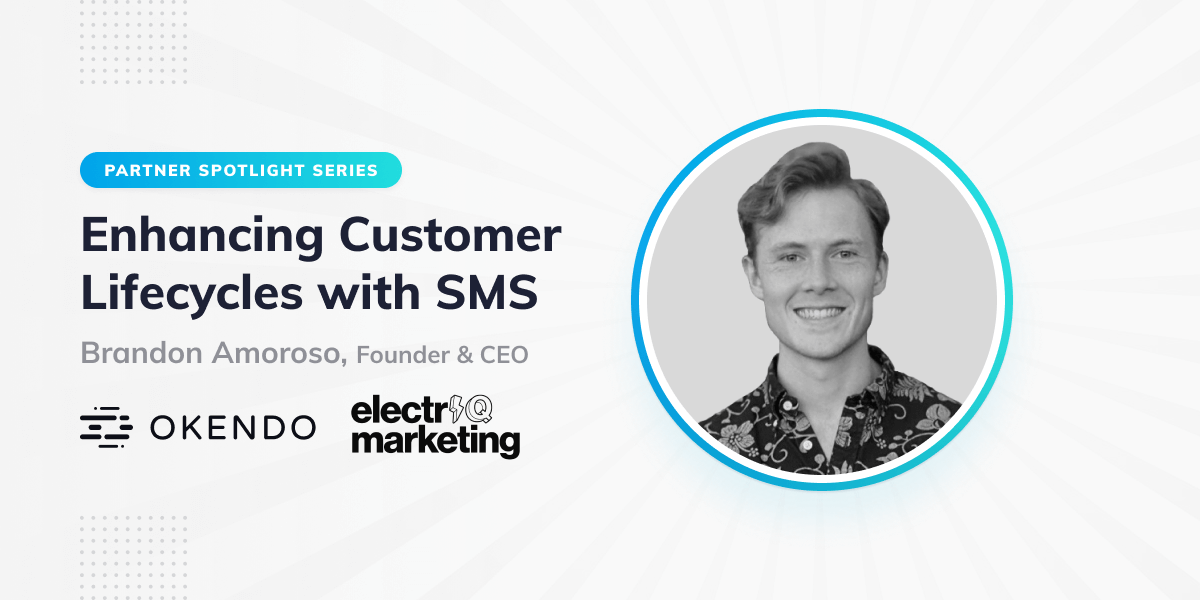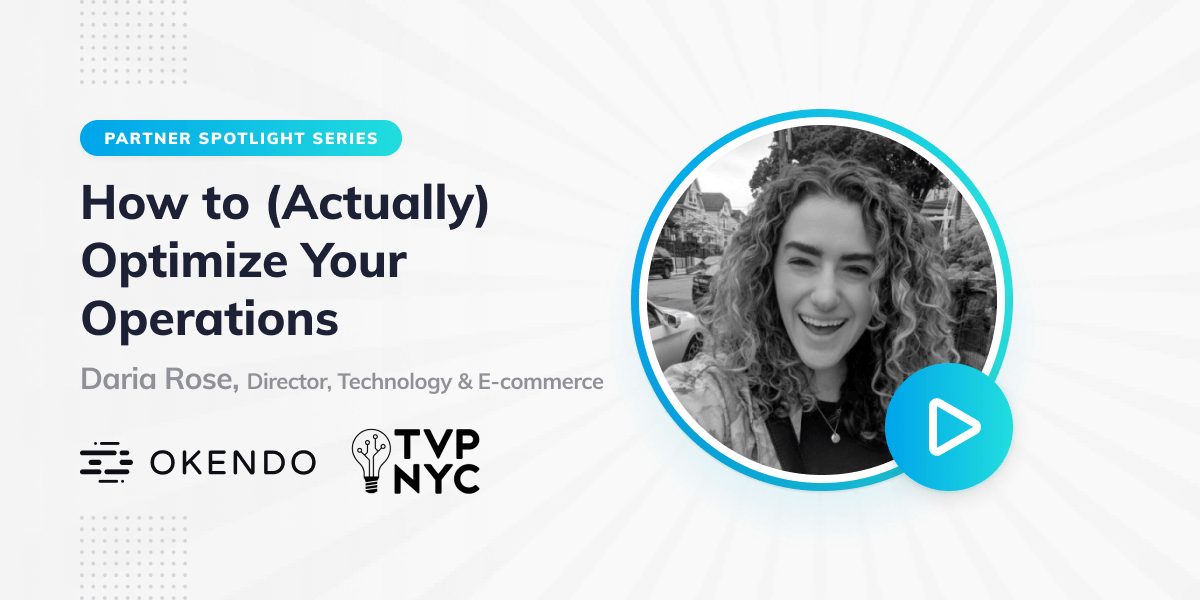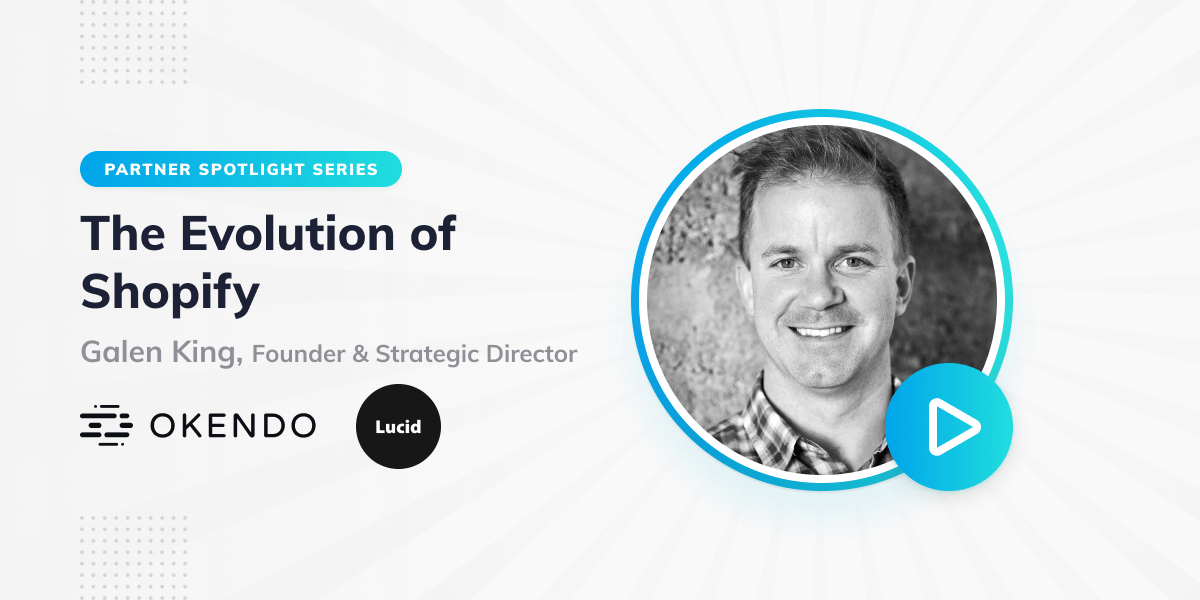Loop Club is a direct-to-client ecommerce agency dedicated to helping brands maximize their revenue through tailored, solution-first marketing strategies. Founded in 2020, Loop Club scales groundbreaking Shopify brands by as much as 522% and has even worked with successful political campaigns.
I chatted with Tim Keen, Co-Founder and CEO of Loop Club to discuss growing an ecommerce agency, leveraging customer data, and what iOS15 means for the future of marketing.
You and many of your employees have worked for top ecommerce agencies. What were they not doing that you wished to see and motivated you to start your own company?
We all noticed an increase in demand for ecommerce expertise as the pandemic raged. I had left my previous company to try new things for a while — though I liked working in-house, it was much slower, and I preferred having my hands on the reigns to drive growth more effectively. That’s what clients wanted, too. Loop Club was a product of our situation; it was almost inevitable because my colleagues and I were already working together frequently and sharing resources, so we snowballed into what we are now.
Because you started Loop Club in the middle of the COVID-19 pandemic, how did the crisis affect your clients and the strategies you executed for them?
Some of our clients experienced a significant boost, and others witnessed a decline, but the broader ecommerce industry grew by ten years-worth in one year. What our clients struggled with most was either they couldn’t keep up with their rapid growth, or they expected that spike in sales to last forever. They gained cheap conversions but weren’t nurturing those relationships outside of panic or impulse buying. Our challenge was to realign clients with the idea that these augmented purchasing patterns weren’t here to stay. However, we still needed to do all the same things we always do, such as convincing consumers of a product’s value or risk them buying something once and never coming back.
Loop Club has experienced tremendous success in only ten months of business. What is your secret to growing so quickly?
Transparency is what clients want. Most brands we’ve worked with have had negative experiences with other agencies due to a lack of it. That’s not to bash fellow agencies, but it’s relatively easy to start one (or any service-based company) yet difficult to scale efficiently. I think many people have been burned by the agency ecosystem, so brands are attracted to partners with proven expertise who can communicate their plans clearly and plainly. Many ignorances and self-proclaimed “gurus” exist in the space; the better you can articulate what you can do for your clients, the more they’ll believe you and allow you to execute it for them.
Marketing is not complicated, but the challenge is knowing what to do at the right time. The answers to clients’ problems are not part of a mysterious or complex strategy — it’s just about identifying what will work for them at the moment. If you get it right, it resonates with people.
Absolutely — it’s important to be straightforward and not use jargon.
Jargon is the death of any agency. Be honest if you don’t know how to do something. Brands are looking for someone they trust to go on a difficult journey with them.
Loop Club always starts its process with a deep dive and even offers complimentary audits. What are the most common mistakes you see brands making before they bring you onboard?
There’s a lot. The most common mistakes are surprisingly basic, like not having the proper exclusions or knowing what acquisition and remarketing are. Brands often misunderstand their metrics and don’t segment their email lists. We can empathize; these are things not everyone has time to think about, so we have to put ourselves in their shoes and help them manage a wide variety of channels at once.
No one knows precisely what to do at any given moment because you learn these channels through experience, but at a higher level, the things we do to move the needle are typically the same. We ask, where are your star ratings, UGC, and social proof? How easy is it for customers to communicate with you? How clear is your messaging, and how well are you demonstrating your products’ value?
Usually, something isn’t written clearly, or they’re using a picture without a product in it. Consumers want to be taken care of and a product to make their lives easier, so they’ll fall away if you’re complicating the experience.
Simplifying your message and incorporating UGC are critical for making shoppers more comfortable. On a different note, what are tools or strategies brands are often nervous to try before you give them guidance?
Brands are nervous about whatever involves risk, whether it’s money or lack of knowledge. I’d say leveraging influencer content is something clients need help with the most. Approving influencers and running ads through their accounts are things we do for every brand because it’s a painful process that entails lots of negotiation, but the reward is there. Undergoing those inconvenient yet resultful processes is advantageous because they’re difficult for other brands to replicate.
Loop Club takes on a limited number of clients each month. What are your criteria for selecting brands you’ll assist?
Being a small agency is almost like marrying a client because you have to work through many different scenarios. Some of them will be stressful, so I’m always looking for brands we would enjoy working with. Chemistry is a bigger indicator of success than any KPI. Typically, you have to test a few things over time before you achieve that success, but the only way to get through that time is to get along. The clients we genuinely enjoy working with and who listen to our advice see more significant results than clients we don’t have strong relationships with.
Otherwise, we don’t want to work with companies that sell undifferentiated products and dropshippers. It’s ideal if a client has something of a brand presence already, but we do work with a few very early-stage ecommerce businesses. We usually look for some existing traction and the ability to invest in advertising. After that come questions about their business viability. High price-point products are better — you need at least 70%-80% margins to make DTC work — so I’ll ask about that upfront because we’ve encountered situations when clients don’t have the margins to reinvest in advertising. Ultimately, though, the relationship is more important than anything.
That’s good advice — you need to have enough of a buffer to make sure you can still grow.
It’s so much more difficult without that margin that it’s almost not worth trying. A worse quality product with better margins and marketing will win. The real winner is a great product, of course, but the reason these brands scale quickly is that they know their numbers.
What about when companies are first getting started? What do you believe are the most underused sources of funding for ecommerce startups?
I feel like I’ve been having more conversations with clients about funding and financing recently because it’s difficult to be profitable as an early-stage ecommerce company. It’s a more capital-intensive business than people realize. I tend to push revenue-based financing on many of my clients — Wayflyer is a great partner for that, for example. It’s a convenient way to get relatively cheap capital without surrendering equity, which lots of brands give up without realizing that it commits you to a certain growth rate that could be too fast and extreme to handle. Just get the cash, if you can. You’d be surprised to learn how many people I talk to with good, growing businesses that struggle with cash flow problems.
Companies with revenue-based financing are growing quickly because there are many instances when you need capital to pay for services, channels, or things you haven’t produced yet. Plus, the more money you make, the more you spend. Ecommerce entrepreneurs often face several realizations when they start succeeding and discover that it’s not just someone handing them profit all the time.
You’ve also worked with political campaigns. Because you primarily work with Shopify brands, how did your strategy differ when it came to fundraising versus ecommerce?
This campaign was an occasion when we didn’t use Shopify. We used a political fundraising platform called ActBlue, which offers one of the best online shopping carts in the country and boasts an incredible 25%-30% conversion rate. As a marketer, it’s impossible not to look at it and be amazed. It’s a bit different than ecommerce, but we’ve discovered that the base-level strategy is similar. Soliciting donations is like selling a course — you can hit a one-row as you’re breaking even. You have much more room to play, so if you’re an ecommerce marketer used to pulling every trick in the book, it’s surprisingly easy.
However, everyone fails in the same way. Political campaigns think things are more complicated than they are and have an idea of the message they want to send, but it’s different from how people actually communicate. Likewise, your perception of your ecommerce brand is different from how consumers experience it. Our job, therefore, didn’t change: we took the hundred (metaphorical) sentences they wrote and distilled it into two sentences people can understand.
Returning to merchants, many of them struggle with email marketing and segmentation. What is your number one piece of advice for leveraging customer data when it comes to email marketing?
I believe the industry is headed toward gathering survey data upfront with multi-step pop-ups or Buzzfeed-style quizzes, which might ask questions about what products consumers are interested in and who they’re shopping for. Brands will then store that data in a Klaviyo profile and push shoppers into segmented flows. We’ll probably see brands start to roll this process out over the next year or so.
However, there are two challenges: collecting customer data and leveraging it effectively. Both steps come together because you need enough data to make segmentation meaningful, but you also need to consider why you’re gathering data and what you intend to do with it. Otherwise, you’re collecting information for no purpose and will end up with a useless data bank. If you’re part of a brand, think about things you would ask a customer to meaningfully change the way you communicate with them, such as, “Are you shopping for yourself or a friend?” or “When are you planning to purchase?” Consumers will give you that information, but don’t waste your time asking questions like, “Do you like this red or blue product better?”
You raise an excellent point. I talk about purposefulness a lot regarding selecting customer or product attributes in Okendo. You can sync those to your customer data profile in Klaviyo and build relevant segments, so it’s important to be strategic about the information you collect.
IOS 15 is here, along with new data privacy terms. What does this mean for SMS marketing and customer engagement?
It’s all going to get a little more difficult for everyone. Our challenge now is to assess how we will do our jobs differently without metrics or much fewer insights into our efforts’ results.
Realistically, though, it’s probably not much different because the things we know work, work. Consumer psychology is still the same. I know we’re still going to run UGC ads even if we can’t see how they’re performing compared to other ads because we know they’re tried-and-true. We’ll still be able to see engagement and purchase rates.
Agencies will have to consider what they know about their clients’ products, copywriting, and customers. How can they use that information to drive revenue? It will become more difficult for marketers who are overly dependent on data, but marketers who aren’t accustomed to coasting along will be fine. You just need to understand your value proposition and how to create value in every piece of communication. This has always been true, but iOS15 makes it exceptionally so.
What exactly will agencies have to work without?
iOS15 is taking away open rate metrics for many iOS devices, which means we’ve already lost a lot of conversion data. I wouldn’t be surprised if other platforms like Facebook find workarounds, but the overarching trend is toward less visible data due to privacy, AI whitebox algorithms, or something else. I’ve been saying to my team, imagine if Facebook was just a place where you upload your ad, and someone enters their credit card. What would you do differently? It might not be quite that extreme, but it will head in that direction over time.





